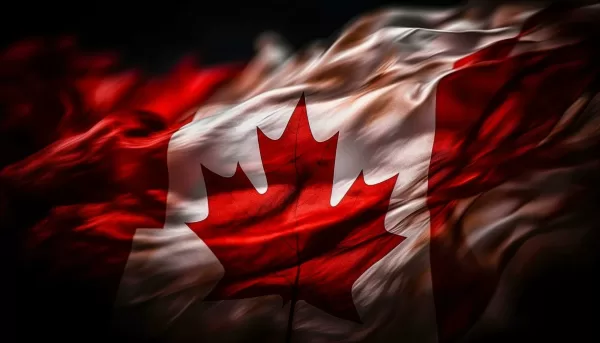051 8439995, 042 35911332

Immigration Minister Marc Miller announced plans on Thursday, March 21st, to conduct more “domestic draws,” for temporary residents already living in Canada who are seeking permanent residency (PR). These draws aim to increase opportunities for temporary residents to obtain PR status.
In these draws, candidates from various pools, such as those in the Express Entry program, are chosen based on factors like their Comprehensive Ranking System (CRS) scores, professional experience, or French language proficiency. Those selected receive invitations to apply (ITAs) for PR.
Minister Miller’s announcement was part of a broader plan to manage temporary resident levels in Canada. This plan aims to alleviate pressure on essential sectors like housing and healthcare. Temporary residents stay or work in Canada for a short time without being permanent. This includes foreigners with permits to work or study in the country.
“In our efforts to help temporary residents transition to permanent residency,” Miller stated, “we will conduct more draws within Canada, and we encourage provinces and territories participating in the Provincial Nominee Program to do the same with their allocations.”
Benefits for Newcomers in Canada
Miller’s remarks suggest a potential shift in focus towards targeting more permanent resident candidates who are already in Canada on work or study permits. However, it’s important to note that the exact policy implications of his comments are uncertain at this time.

This move wouldn’t be unprecedented for Canada’s immigration system, which has previously favored candidates already living in the country.
During the COVID-19 pandemic, Immigration, Refugees and Citizenship Canada (IRCC) conducted its largest Express Entry draw ever, issuing 27,332 invitations to apply (ITAs) to candidates in the Canadian Experience Class (CEC) with a Comprehensive Ranking System (CRS) score of 75. This score is notably lower than the usual CRS scores for Express Entry draws.
The CEC is part of the Express Entry system and serves as Canada’s dedicated federal pathway for immigration candidates who have already established themselves in the country’s labor market and society.
Provincial Nominee Programs (PNPs) offer another example of immigration pathways that often prioritize individuals who have started to integrate into Canadian life. These programs are mainly managed by provincial and territorial governments, which frequently invite candidates residing in their respective regions.
As stated by Immigration Minister Miller at the beginning of the article, the planned shift towards more domestic draws is intended to operate through both federal and provincial pathways, as per his statement.
Reasons Behind the Immigration Minister’s Remarks
By potentially expanding the chances for temporary residents in Canada to obtain permanent residency (PR), Miller aims to select candidates who are more likely to have successful immigration experiences in Canada. Substantial evidence indicates that having prior experience in Canada before immigrating is a strong predictor of positive outcomes.
Moreover, this approach enables the department to meet its immigration targets, as outlined in the immigration levels plan, without introducing “new entrants to the economy.” This strategy helps alleviate existing pressures in Canada, particularly in sectors such as housing, healthcare, and other critical support areas.
